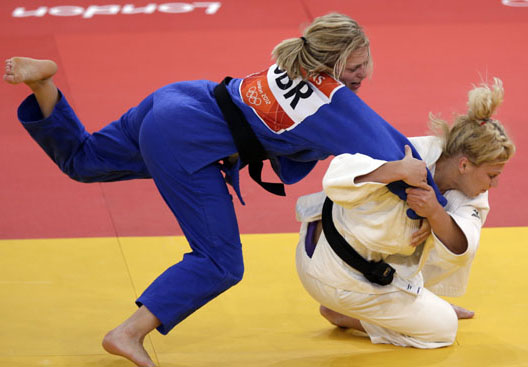 Kayla Harrison of the United States (in white) competes against Gemma Gibbons of Great Britain for women’s -78kg Judo gold at the 2012 Summer Olympics. Harrison won the gold and Gibbons won the silver. (02/08/2012) / Photo Credit: Ng Han Guan
Kayla Harrison of the United States (in white) competes against Gemma Gibbons of Great Britain for women’s -78kg Judo gold at the 2012 Summer Olympics. Harrison won the gold and Gibbons won the silver. (02/08/2012) / Photo Credit: Ng Han Guan
Summary
Judo is a Japanese combat method that was created in 1882 by Professor Jigoro Kano. It was derived from several Jujutsu styles, including Kito-Ryu and Tenjin-Shinyo Ryu. Its founder wanted to implement basic principles of maximum efficiency with minimum effort, as well as some principles of modern sports into Judo. The Japanese government recognized Judo in 1886 and its first school, the Kodokan Judo Institute, is still the highest authority for this system. Judo was intended to be a non-violent fighting style that also shapes the character of the practitioner.
History / Origins
ETYMOLOGY
The word Judo is said to originate from 1889. It comprises of two characters, “ju” meaning “softness, gentleness” and “do” meaning “way or art”. Both of these components originate from the Chinese language. The name of Judo is usually translated as “the gentle way” and it represents the idea of a non-violent martial art.
BEGINNINGS
Judo originates from the elaborate Jujutsu technique. Founding of the Takenouchi-ryu art system in 1532 is considered as the beginning of Jujutsu forms. Jujutsu was widely practiced and popular, but its glory began to fade after the Meiji Restoration in 1868, when the era of samurai rule came to an end. The art fell into decline with the infiltration of Western Culture.(1) However, Jigoro Kano, who practiced several forms of Jujutsu, saw that many masters had to pursue alternative careers in order to keep their schools alive. He then came to an idea of creating a new martial arts style from ancient self-defence forms. In 1882 he created an art that is known as Kodokan Judo. Although he was just 21 years old at the time, he founded the school and dojo at a Buddhist temple and started teaching students.
He chose to include all the strong points of different Jujutsu schools. At that time, numerous Jujutsu students were known as aggressive and thuggish and had the reputation of “bad boys.” Kano decided to compile the most effective points of this technique, but chose to exclude aggressive practices. He also emphasised the formation of one’s character.(2) He then proceeded to visit Europe in 1889 to spread his knowledge. The sport was introduced into the Olympics in 1964 and since then has been practiced by millions of people throughout the world.(3)
PRESENT DAY
Judo has become one of the most popular martial arts in the world. Numerous practitioners study it in Japan and overseas. It is taught as a form of self-defence, a fighting technique and as a sports discipline. Almost every sports centre has a Judo school that teaches practitioners of all ages. The Kodokan Judo Institute currently resides in Bunkyo, Tokyo, Japan and has over 1,000 Tatami mats. It still remains one of the most notable schools of this martial art. Numerous international groups organize a wide range of Judo events every year. Apart from the Olympics, Judo is practiced in numerous events, including events organized by the International Judo Federation. The sport can also be spotted being used in MMA competitions, including the Ultimate Fighting Championship and it has gained huge popularity.
FOLKLORE
Judo gained popularity in Japan after an 1886 contest held by the Tokyo police. At the event, a Judo team defeated the most famous Jujutsu school of the time. Shortly after, the technique was implemented into the Japanese physical education system..(4)
There is an anecdote regarding Kano’s trip to Europe in 1889. On the boat, a foreigner made fun of him. Kano then proceeded to throw him down, but put his hand under the man’s head in order to save him from getting hurt. On this occasion he also showed Judo’s principle of consideration toward the opponent.(5)

| COUNTRY OF ORIGIN: | Japan |
| TIME OF ORIGIN: | c. 1882 |
| PRACTISED: | 142 years |
| FOUNDERS: | Professor Jigoro Kano |
| FOCUS: | Grappling, throws |
| ALSO KNOWN AS: | - |
| PARENTHOOD: | Kito-ryū, Koryū Jujutsu schools, Takenouchi-ryu, Tenjin Shin’yō-ryū |
| DESCENDANTS: | Brazilian Jiu-jitsu, Kosen Judo, Nippon Kempo, Sambo |
| OLYMPIC SPORT: | Yes |
NOTABLE FEMALE PRATITIONERS
AnnMaria de Mars
Gemma Gibbons
Hannah Martin
Irina Rodina
Kayla Harrison
Marti Malloy
Megumi Fujii
Ronda Rousey
NOTABLE MALE PRATITIONERS
Coming Soon!

| NATIONALITY: | |
| DATE OF BIRTH: | |
| AGE: | 142 years |
| BORN: | Brazilian Jiu-jitsu, Kosen Judo, Nippon Kempo, Sambo |
| RESIDENCE: | - |
| ALSO KNOWN AS: | - |
| OCCUPATION: | Grappling, throws |
| JOB TITLE: | Kito-ryū, Koryū Jujutsu schools, Takenouchi-ryu, Tenjin Shin’yō-ryū |
RELATED FEMALE INDIVIDUALS
AnnMaria de Mars
Gemma Gibbons
Hannah Martin
Irina Rodina
Kayla Harrison
Marti Malloy
Megumi Fujii
Ronda Rousey
RELATED MALE INDIVIDUALS
Coming Soon!

| COUNTRY: | Japan |
| LOCATION: | - |
| FOUNDED: | c. 1882 |
| OPERATIONAL: | 142 years |
| FOUNDERS: | Professor Jigoro Kano |
| ALSO KNOWN AS: | - |
| SECTOR: | Grappling, throws |
| DESCRIPTION: | Kito-ryū, Koryū Jujutsu schools, Takenouchi-ryu, Tenjin Shin’yō-ryū |
| WEBSITE: |
ACOSSIATED INDIVIDUALS
AnnMaria de Mars
Gemma Gibbons
Hannah Martin
Irina Rodina
Kayla Harrison
Marti Malloy
Megumi Fujii
Ronda Rousey
ACOSSIATED ATHLETES
Coming Soon!

Blitz Uchikomi Band
To condition and strengthen Martial Artist's hands. Increase pulling power and speed for throws. Heavyweight gi material.
£15.99
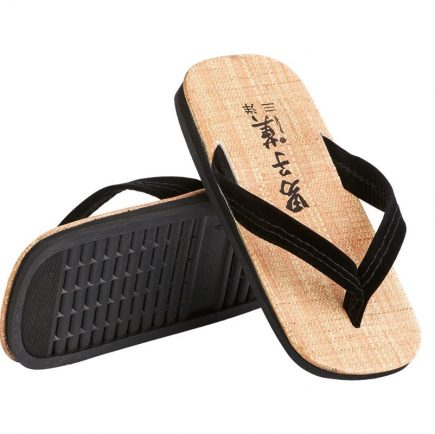
Blitz Zori Sandals
Perfect for indoors or outdoors, the traditional Japanese Zori Sandals are comfortable to wear around the house or in your dojo.
£20.99

Compression Leggings
The compression leggings feature ultra-soft flatlock seams strategically placed to reduce chafing. Ideal for groundwork.
£31.99
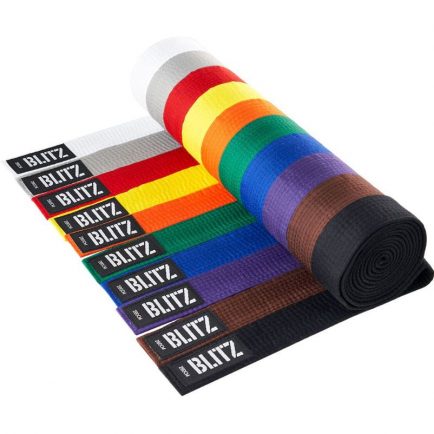
Blitz Coloured Belt
Traditional and versatile, 4.5cm wide with high quality stitching, extremely durable and easy to tie. Ideal for training and grading.
£3.99
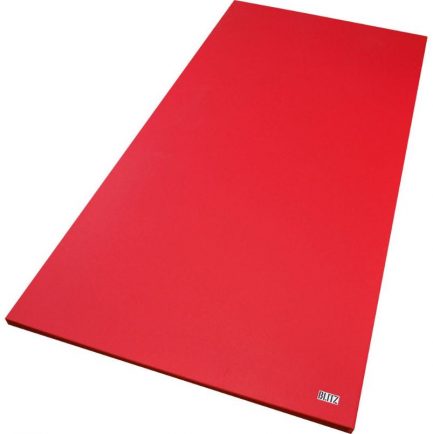
Heavy Duty Judo Mat
Heavy duty material. Smooth non-textured surface. 2m x 1m, 4cm thick. Anti-skid waffle bottom with hotmelt reinforcement.
£104.99
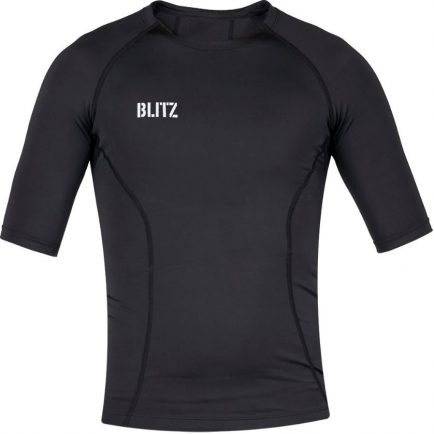
Compression Top
Comfortable enough to be worn all day, the Blitz Trojan Compression Top can be worn on it's own or under a gi/sports gear.
£31.99
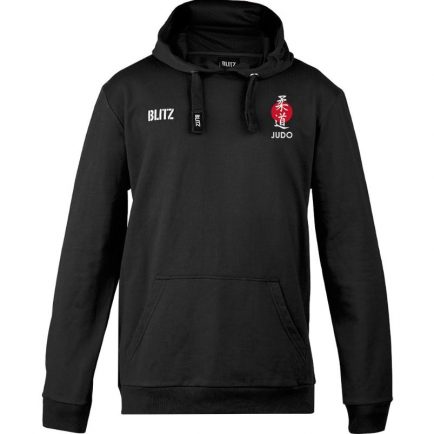
Judo Hooded Top
The Blitz Judo Club Hooded Top is designed to keep you warm and cosy. The pull over top includes a thick draw-cord.
£29.99
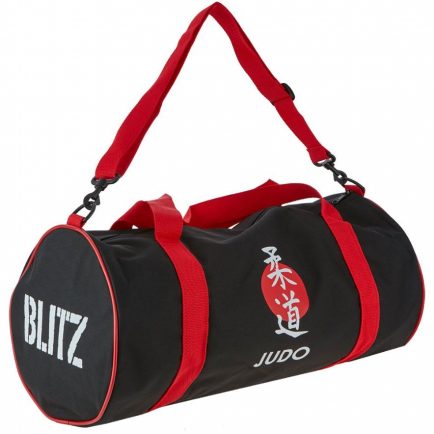
Judo Drum Bag
Single zip barrel design with two carry handles and one adjustable shoulder strap that's easy to remove when not needed.
£22.99
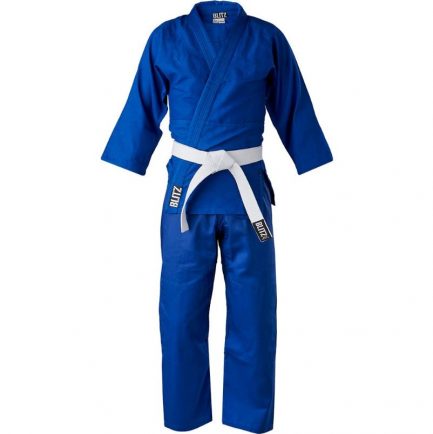
Lightweight Judo Suit
Specifically designed for children. Ideal gi for beginners, allowing young judoka to learn the basics in a soft and comfortable suit.
£16.99

Grappling Partner
Blitz Rodney - The Ultimate Grappling Partner. Heavy duty canvas grappling dummy. Ideal for Judo, Ju Jitsu, BJJ and MMA.
£115.99
Practices
PHILOSOPHY
Kano said that Judo is meant to be the way to the most effective use of both physical and spiritual strengths. The goal is to make the spiritual essence of Judo a part of one’s being by practicing attack and defence techniques. The two main ideas of Kodokan Judo are maximum efficiency and mutual welfare and respect. The concept of Kata is very important in Judo. Katas (meaning “forms”) are pre-arranged patterns of Judo techniques and are usually practiced with a partner. They illustrate the basic principles of Judo, but at the same time, teach the philosophical bases on which the technique is based. The key principle of Judo can be summarized with this statement: when the opponent pulls, one should push; when the opponent pushes, one should pull.(6)
TECHNIQUES
Information coming soon
TRAINING
Information coming soon
RANKS & GRADING
Information coming soon
WEIGHT CLASSES
Information coming soon
Rules / Rulesets
RULES / RULESETS
Judo practice is controlled by elaborate sets of rules that include a special etiquette. Contestants are obliged to bow before stepping onto the mat and to each other before and after any practice or competition. Inappropriate behaviour is not tolerated by the code. Rules also disallow intentional injuring of the opponent, all kind of strikes, touching an opponent’s face and attacking joints other than elbows. Rules also ban several techniques, including kawazu gake and kani basami. The competition area is padded with mats. There are various points awarded, including ippon (one full point), waza-ari (one half point) and yuko (the smallest score that can be awarded).
Organisations & Historical Places
ORGANISATIONS
Information coming soon
HISTORICAL PLACES
Information coming soon
Popular Culture
POPULAR CULTURE
Judo is often mentioned in popular culture, mainly in numerous movies. Hollywood blockbuster Lethal Weapon, starring Mel Gibson, used the technique of front triangular choke with legs in its famous scene. Judo has also been featured in Star Trek, when Captain Kirk fights Klingons using numerous moves from this fighting system. Other than these examples, Judo has also been practiced on screen by stars such as Chuck Norris and Steven Seagal.(7)
Useful Links
USEFUL LINKS
GUIDES
MartialArtSkills.com – Hiza Guruma – Very attractive way to finish the fight
References
REFERENCES
- http://web-japan.org/kidsweb/virtual/judo/judo01.html
- http://www.clovisjudoclub.com/History%20of%20Judo.htm
- http://judoinfo.com/
- http://judoinfo.com/
- http://web-japan.org/kidsweb/virtual/judo/judo01.html
- http://www.martialartsdo.org/styles/judo/summary.php
- http://www.intjudo.eu/Culture_and_Society/Judo_in_Art_and_Popular_Culture_/Judo_in_Art_and_Popular_Culture
COLLABORATORS
No Collaborators found





